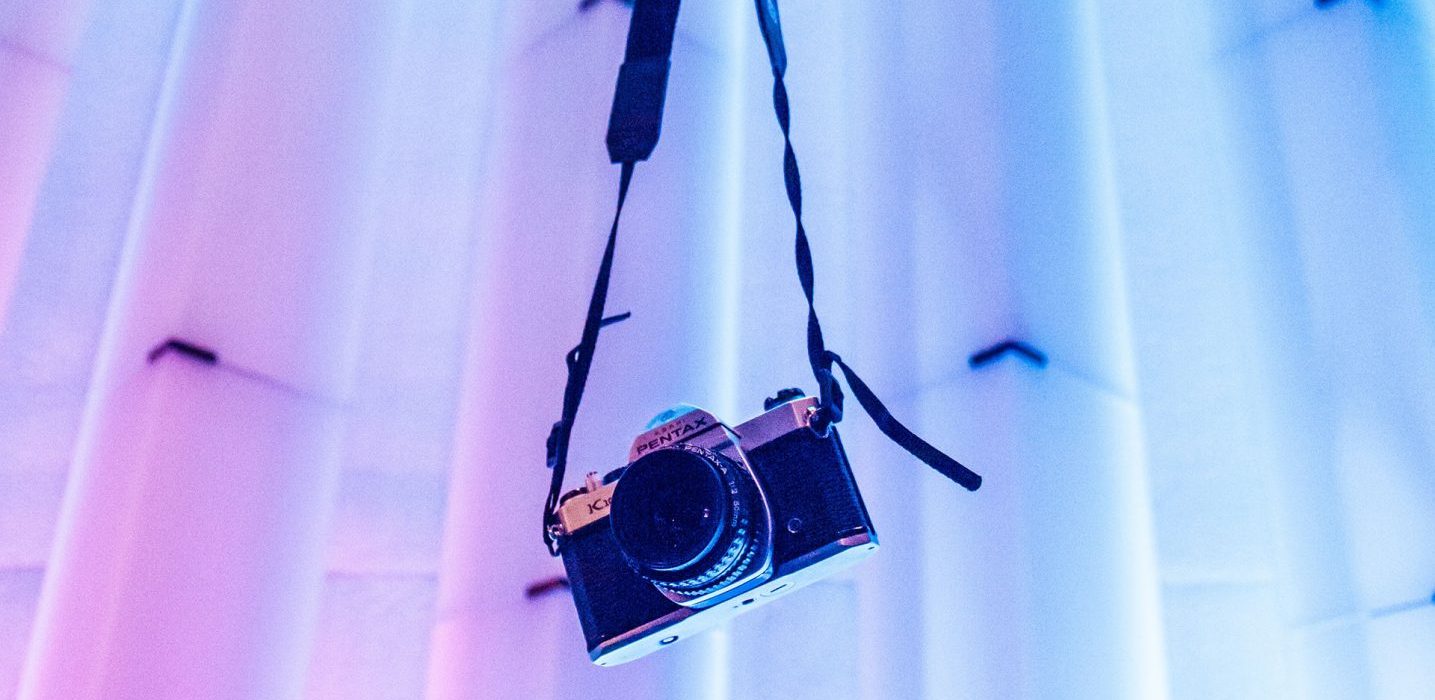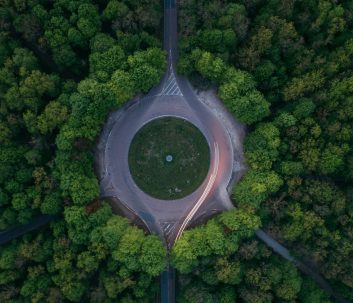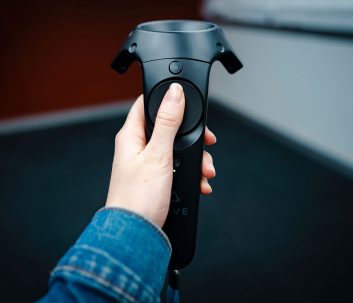
Hands-on with the new Google Pixel 4
That literally everyone saw coming. By Google’s standards, the handset leaked like crazy. Some was almost certainly by design, since the company appeared to hype its new flagship amid slowing smartphone sales. That said, showing up for pre-order on two different sites in the past few times is a whole lot, even by Pixel Standards.
Device doesn’t really stand out. The normal Pixel 4 maintains some pretty sizable bezels on the bottom and top, even as the majority of the industry has moved toward a notch or hole punch to adapt the camera.
The back of this device is another Story entirely, of course. After a few generations of shoving back on multiple camera setups, Google is finally embracing them along with the 4. The set of cameras are positioned in a square arrangement, much like the iPhone 11.
The detector is up high and the flash Is on the floor, with the wide angle and telephoto sitting next to another in the center. There is a 12-megapixel and also a 16-megapixel, per earlier leaks. I have included a couple of random shots I have taken here. They leave a little to be desired — more if we get our hands on the apparatus later for a proper review, but this will provide you some notion about what we’re working with here.
Honestly, I’m pretty excited to see What’s on offer together with the device here. Google’s always done a good job using AI/ML to augment the single-lens configuration, so the concept of what it is capable of producing tandem with dual lenses may well make it a contender for one of the best camera phones on the market today
Imaging has been enhanced across The board here, including the already solid Night Sight, Portrait Mode and zoom, which uses a hybrid of digital and the physical telephoto lens.
Prospect for somebody who creates a living interviewing individuals such as myself. I tried it out, but frankly , it leaves a little to be desired in this super noisy setting. Again, a more official write-up of that later, though I do appreciate that the company is doing the transcribing on-board, versus the cloud.
That means a faster response and no Concern over more sensitive stuff. Once recording, you will see a grey wave type which turns blue when speech is detected. Tapping”transcript” will show the speech. From there you can share it through social networking or save it to Google Drive.
It’s fun to see Google embracing Gestures here, as a natural follow up to its squeezable Lively Edge. Admittedly, it’s something that lots of phone manufacturers have attempted with limited success. Perhaps the inclusion of the new radar chip will store it from casual gestures and make it even more user-friendly.
Or perhaps the addition of a kind of Game where you can wave at Pikachu and other Pokémon can assist with adoption. I don’t have particularly significant hopes on either one, if I am being honest. Training users on a new sort of input is an uphill climb, though the gestures are pretty responsive. At least everybody is already knowledgeable about face unlocks, which is reinforced by the aforementioned radar feature, discovering the consumer as they reach for the telephone and start the unlock procedure from there. Look for a far meatier review in the not too distant future.
That literally everyone saw coming. By Google’s standards, the handset leaked like crazy. Some was almost certainly by design, since the company appeared to hype its new flagship amid slowing smartphone sales. That said, showing up for pre-order on two different sites in the past few times is a whole lot, even by Pixel Standards.
Device doesn’t really stand out. The normal Pixel 4 maintains some pretty sizable bezels on the bottom and top, even as the majority of the industry has moved toward a notch or hole punch to adapt the camera.
The back of this device is another Story entirely, of course. After a few generations of shoving back on multiple camera setups, Google is finally embracing them along with the 4. The set of cameras are positioned in a square arrangement, much like the iPhone 11.
The detector is up high and the flash Is on the floor, with the wide angle and telephoto sitting next to another in the center. There is a 12-megapixel and also a 16-megapixel, per earlier leaks. I have included a couple of random shots I have taken here. They leave a little to be desired — more if we get our hands on the apparatus later for a proper review, but this will provide you some notion about what we’re working with here.
Honestly, I’m pretty excited to see What’s on offer together with the device here. Google’s always done a good job using AI/ML to augment the single-lens configuration, so the concept of what it is capable of producing tandem with dual lenses may well make it a contender for one of the best camera phones on the market today
Imaging has been enhanced across The board here, including the already solid Night Sight, Portrait Mode and zoom, which uses a hybrid of digital and the physical telephoto lens.
Prospect for somebody who creates a living interviewing individuals such as myself. I tried it out, but frankly , it leaves a little to be desired in this super noisy setting. Again, a more official write-up of that later, though I do appreciate that the company is doing the transcribing on-board, versus the cloud.
That means a faster response and no Concern over more sensitive stuff. Once recording, you will see a grey wave type which turns blue when speech is detected. Tapping”transcript” will show the speech. From there you can share it through social networking or save it to Google Drive.
It’s fun to see Google embracing Gestures here, as a natural follow up to its squeezable Lively Edge. Admittedly, it’s something that lots of phone manufacturers have attempted with limited success. Perhaps the inclusion of the new radar chip will store it from casual gestures and make it even more user-friendly.
Or perhaps the addition of a kind of Game where you can wave at Pikachu and other Pokémon can assist with adoption. I don’t have particularly significant hopes on either one, if I am being honest. Training users on a new sort of input is an uphill climb, though the gestures are pretty responsive. At least everybody is already knowledgeable about face unlocks, which is reinforced by the aforementioned radar feature, discovering the consumer as they reach for the telephone and start the unlock procedure from there. Look for a far meatier review in the not too distant future.




